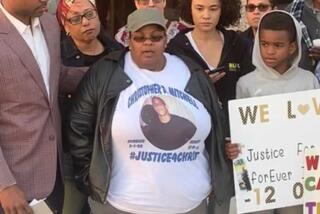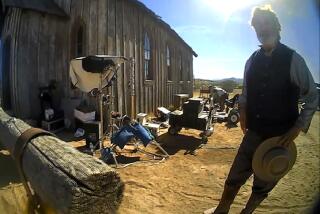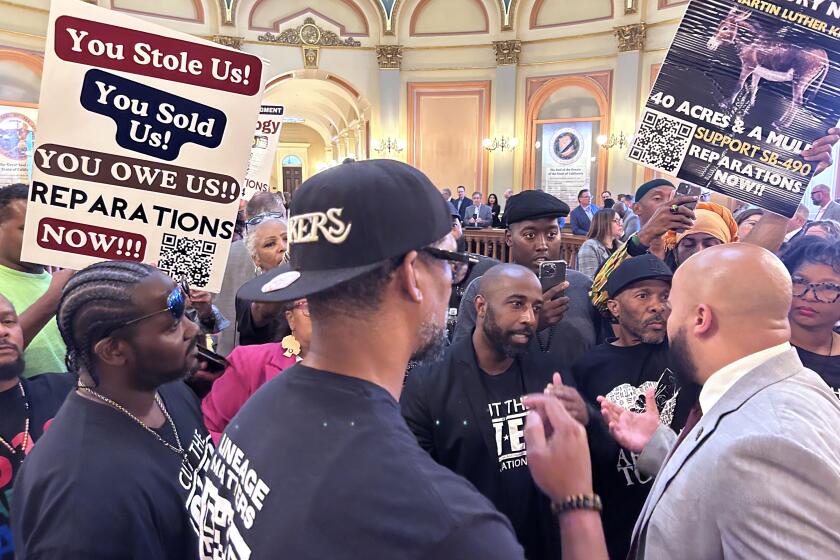D.A. Acted Legally--but Morally? : Decision in Haag death clearly isn’t up to a community’s expectation of justice
- Share via
The requirements of the law may have been met when the San Diego County district attorney determined that an Escondido teen-ager could not be held criminally responsible for the death of Myron (Mike) Haag. But the requirements of moral culpability certainly weren’t.
Haag, a 54-year-old airline pilot and popular youth sports coach, was by all accounts a loving husband and involved father. Late one night last March, he heard a commotion outside his house. Looking out, he saw 18-year-old Derreck Lawton urinating in his front yard. Lawton and two friends had been drinking.
Haag stepped outside and asked Lawton to leave his property. The teen-ager refused, peppering his refusal liberally with profanity and insults. Provoked, Haag swung and hit Lawton. The youth hit back twice, missing the first time but landing a punch the second. The force of Lawton’s blow caused Haag to fall backward, striking his head on asphalt. He died of his injuries.
The district attorney says this was an excusable homicide.
Under California law, a homicide is excusable if it was an “accidental killing committed during sudden combat or in response to a sudden and sufficient provocation.”
An accidental killing is excusable if one of these conditions exists: The killer was not the original aggressor, no undue or unfair advantage was taken, no dangerous or deadly weapon was used, the death was not accomplished in a cruel or unusual manner, or the act that caused the death was not the result of gross negligence.
The only condition that draws a question in this case is whether Lawton was the original aggressor. Since Haag threw the first punch, the district attorney determined it was Haag, not Lawton, who was the original aggressor.
Lawton’s trespassing, public urination, verbal abuse--none of those were acts of aggression under state law. State jury instructions specify that words alone--no matter how offensive or provocative--are not sufficient to warrant physical force.
Dist. Atty. Edwin L. Miller could have opted to present the case to a grand jury or charged the youth and let a judge decide the matter at a preliminary hearing. The district attorney’s office argues that either of those paths would have simply been passing the buck.
Like it or not, the letter of the law was met. Clearly, what was not met was a community’s expectation of justice.
More to Read
Sign up for Essential California
The most important California stories and recommendations in your inbox every morning.
You may occasionally receive promotional content from the Los Angeles Times.










